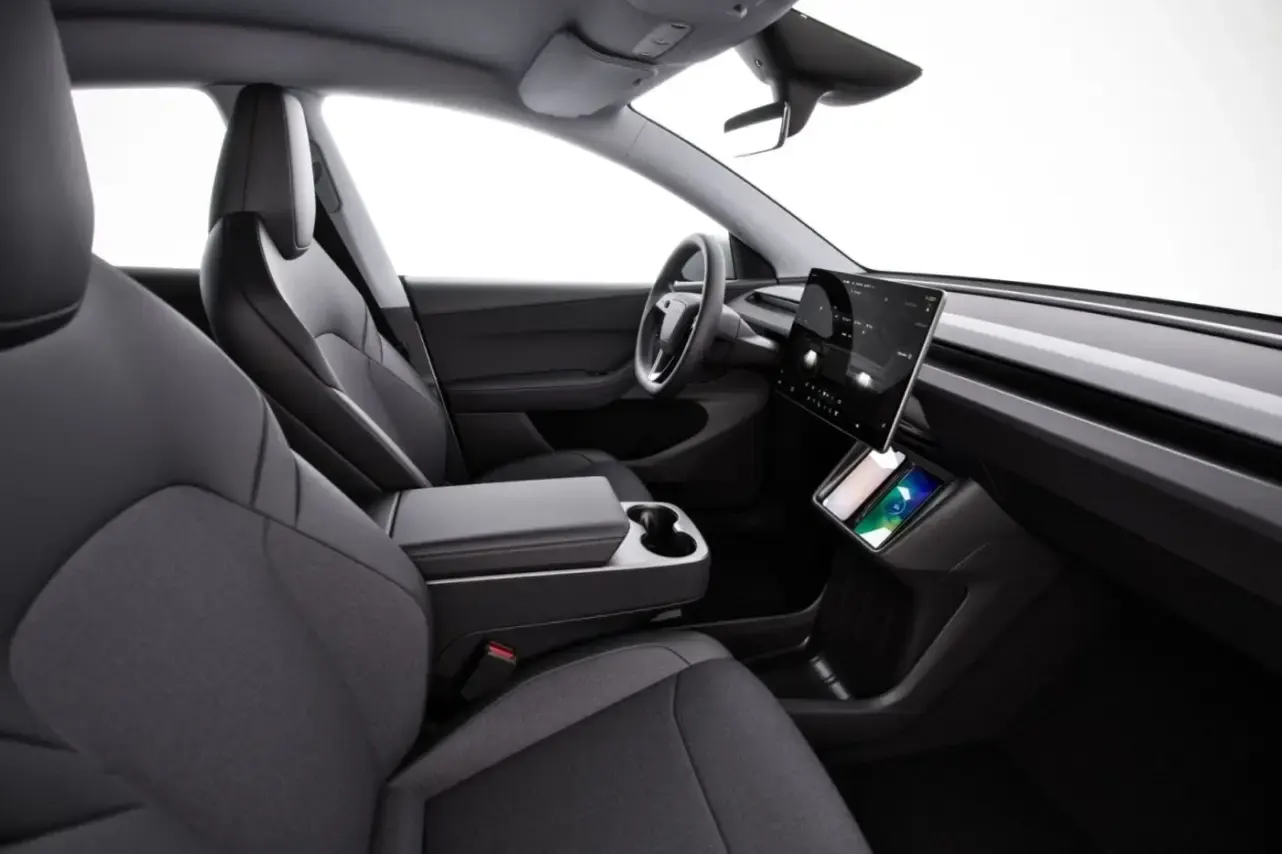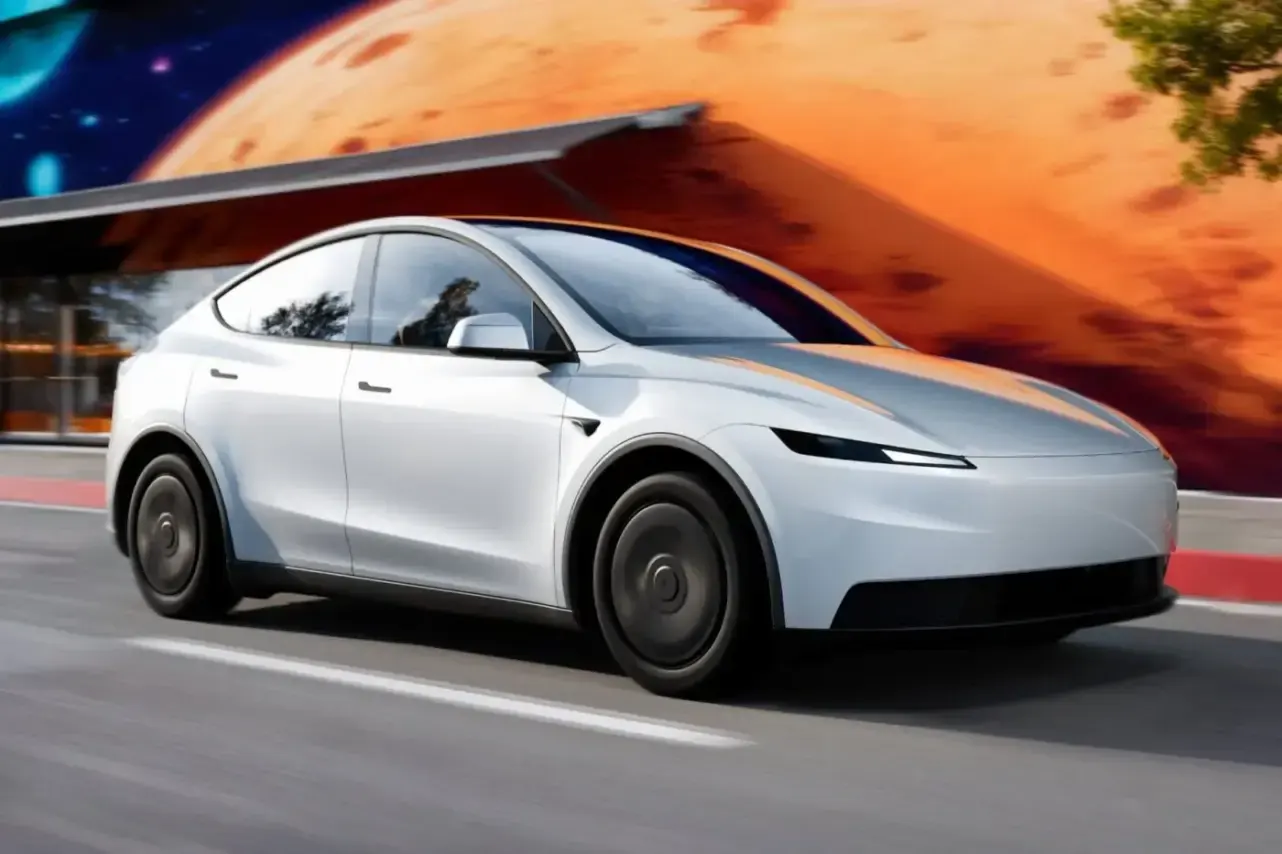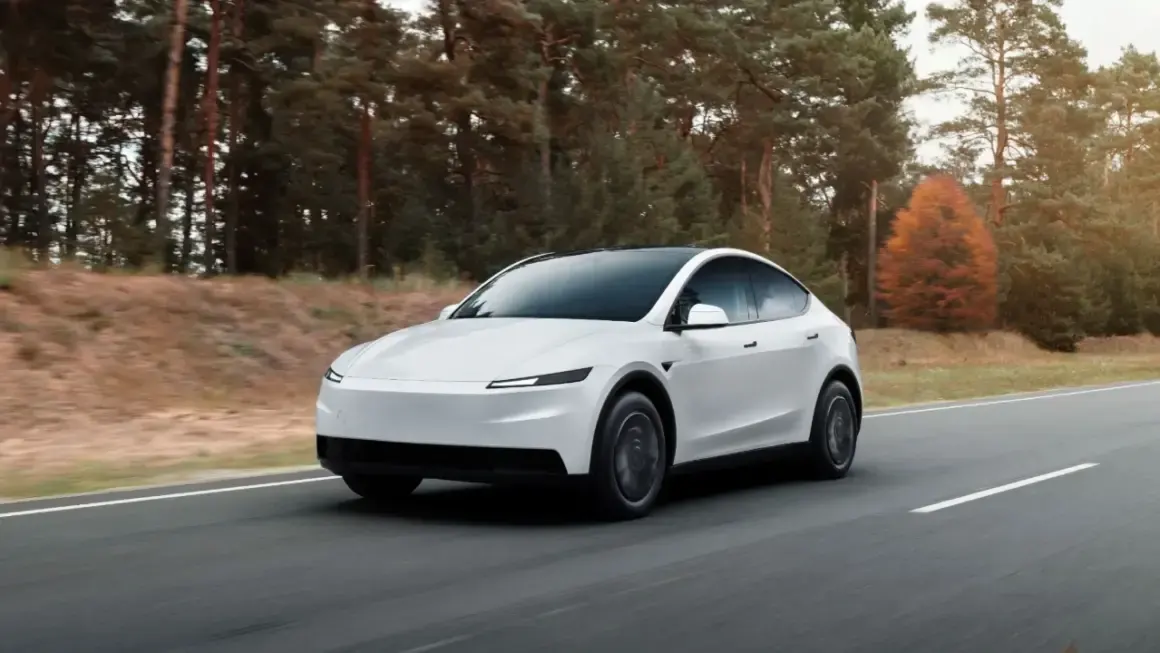They quietly yanked Autosteer, that lane-centering jewel of the Autopilot suite, from the cheapest Tesla Model 3 and Model Y trims. Then they claimed it’s all in service of democratizing Full Self-Driving (FSD).
According to a Tesla-invited YouTuber, when he asked Tesla why they neutered Autopilot on those Standard trims, the reply was blunt: with a lower base price, more buyers might be tempted to pay extra for FSD. In effect, Tesla engineered artificial scarcity, removing a core feature to nudge customers toward an $8,000 upgrade (or a $99/month subscription).
Here’s the math that Tesla apparently wants you to swallow: subtract that Autosteer capability, shave about $5,000 off the vehicle’s price, then hope enough buyers will spend nearly the same amount back on software to restore what was removed. Clever? Or cynical?

This marks a shift for a company that rarely ever strips software features post-launch just to re-sell them. Now it’s doing that explicitly, all in the name of pushing more customers into the FSD funnel. Buyers of the Standard models are supposed to accept that their car will actively not self-center in traffic unless they pony up for FSD. From a customer’s lens, the proposition feels upside down. Why save money by buying a stripped model only to re-pay for what was removed? Tesla may argue that margins on the base trims are razor thin, and software margins are juicy. But convincing people to invest in a not-yet mature FSD system, instead of better suspension or upgraded glass, is a tall order.
If someone really cares about autonomous drive behavior, over things like ride comfort or cabin finish, the strategy offers a backdoor route: buy the cheaper car, then layer in the “missing” features via FSD, rather than starting with a fully loaded trim. But that bet only pays off if enough drivers buy FSD, and if FSD really behaves reliably enough.

Tesla has long pitched itself as more than a carmaker. This move leans heavily into that identity, turning even standard driving features into upsell hooks. But while software upgrades are sexy in techland, touting them as restoration of removed functionality reeks of sly engineering, and risks alienating buyers who feel they’ve been sold a shell.
